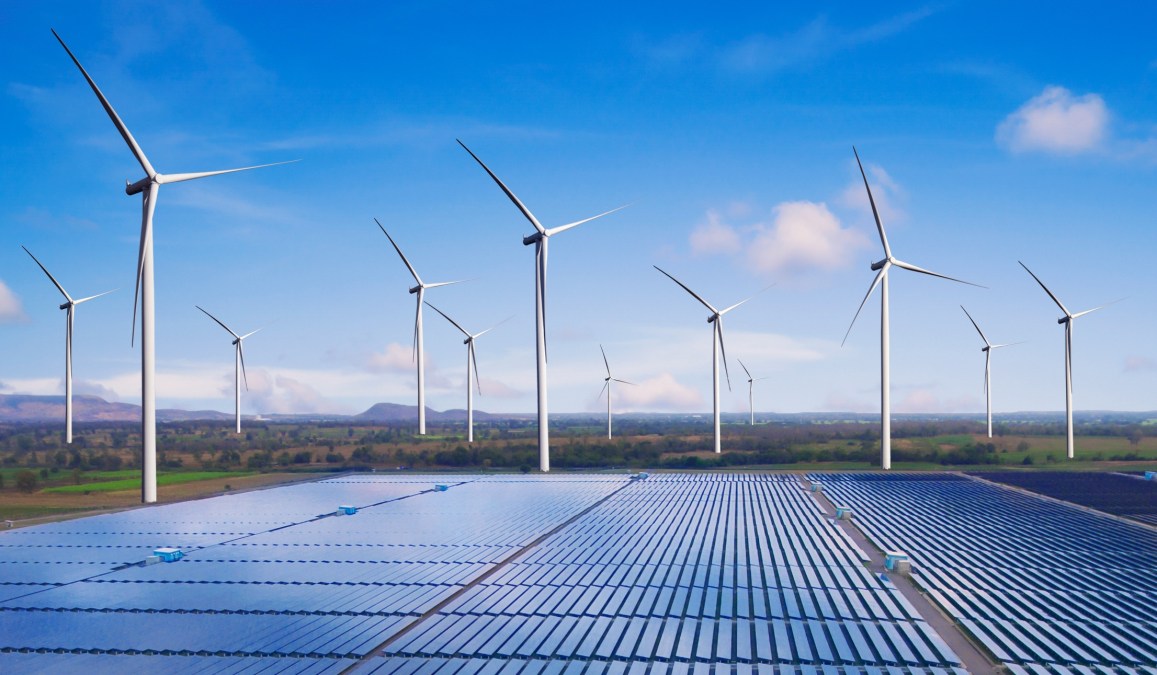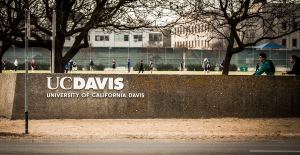UC Davis drives energy efficiency on campus with data insights

The University of California, Davis credits its collection of energy-use data to reduce the campus’ carbon footprint. But the school’s facilities management team also told EdScoop the data collection gives students the ability to study it in real time and help reduce energy consumption over the longer term.
UC Davis, along with the rest of the University of California system, pledged in 2013 to reduce its net greenhouse gas emissions from its physical plant and vehicle fleet to zero by 2025, with the goal of replacing the system’s use of fossil fuels with renewable energy sources. Joshua Morejohn, UC Davis’s energy manager, told EdScoop that monitoring the energy data has allowed him and his team to adjust and improve the energy efficiency of campus buildings to stay on track with the pledge.
“Essentially it means that we’re not going to use any more [energy] than we produce,” he said.
The university uses fossil fuels for several on-campus operations, like its vehicle fleet and heating and cooling in buildings, Morejohn said. It also buys electricity from California’s grid, which is largely powered by natural gas.
But the emissions produced by that consumption have been offset by switching some campus operations to rely on renewable sources like biogas — a fuel produced from the breakdown of organic waste — and purchasing credits from emissions-free sources like wind farms.
“So the basic strategy is minimize your usage of carbon, minimize how much you’re producing,” Morejohn said.
In hot water
UC Davis has been able to further reduce its carbon emissions by collecting detailed data on how it uses energy around campus, allowing the facilities management team to adjust systems to run more efficiently, Morejohn said.
After the university’s 2013 carbon-neutrality pledge, he said the facilities management data system was only collecting data from building energy meters that showed how much energy each structure consumed. But in the years since, Morejohn’s team has expanded the system’s scope to include more than 200,000 data points showing how efficiently energy is being consumed, he said.
The detailed data has allowed the campus to make strategic investments in new energy systems that use fewer carbon-based resources and informs future energy-purchasing decisions.
For instance, Morejohn said, heating buildings accounts for about 40% of the university’s carbon footprint. The heating system runs off of natural gas boilers that heat water to produce steam heat, though he said it’s being replaced with a hot-water system that will draw most of its supply from the campus’ electric chilled-water system. The energy produced as a byproduct of the chilling process, he said, will be used to heat water to warm buildings.
About 30 buildings are currently being converted to the new system, he said, with 30 to 40 more scheduled over the next two to three years, which would cover about half the 5,300-acre campus.
Data for classes
But the data being collected on the university’s energy consumption is not visible solely to Morejohn and his team.
To make UC Davis’s journey toward carbon neutrality as transparent as possible, the team has fed all the data it collects into a public data dashboard for students and the broader campus community. The dashboard breaks down the school’s energy consumption by building, showing users how much energy is being used over time in each building, what kind of energy is being used and each building’s function.
The dashboard also dives into different energy-efficiency projects that students and faculty researchers have implemented on campus so users can track how much energy is being saved and what the university is doing to reduce its carbon emissions.
“This allows students and the campus community, as well as our energy engineers to have one place where they can track the savings of all of their different energy efficiency projects,” said Kiernan Salmon, a product developer in UC Davis’s facilities engineering office. “So we try and put as much information as we can on here.”
Students are also able to download data from the dashboard to run their own analyses on campus energy consumption and use the data for academic work. Salmon said it could be used by computer science students developing new visualization tools, or engineering students looking for trends in energy usage.
“We really see it as an educational opportunity and feel like, being a university, that it’s a missed opportunity if we are not helping students learn about energy and how it’s used,” Morejohn said.




